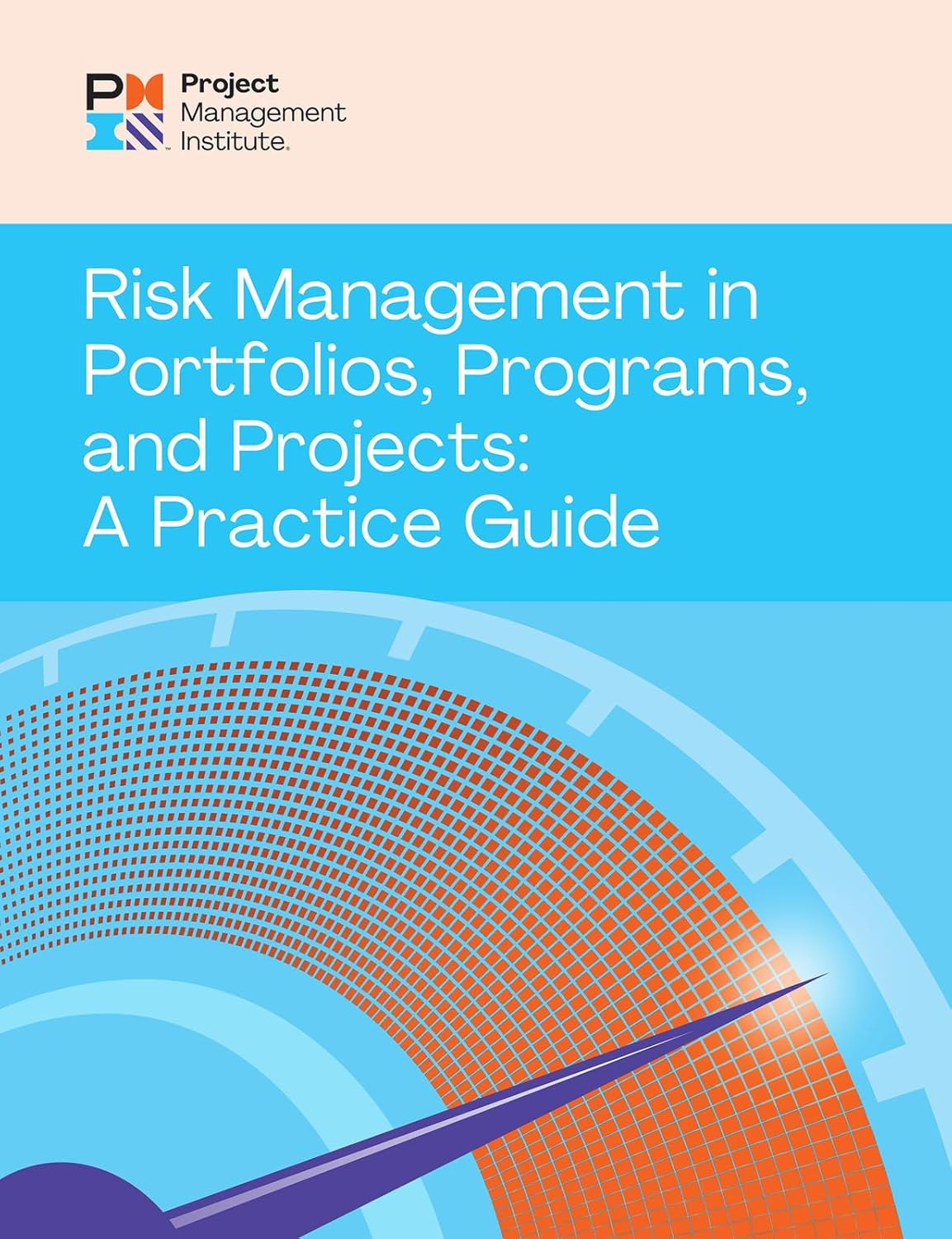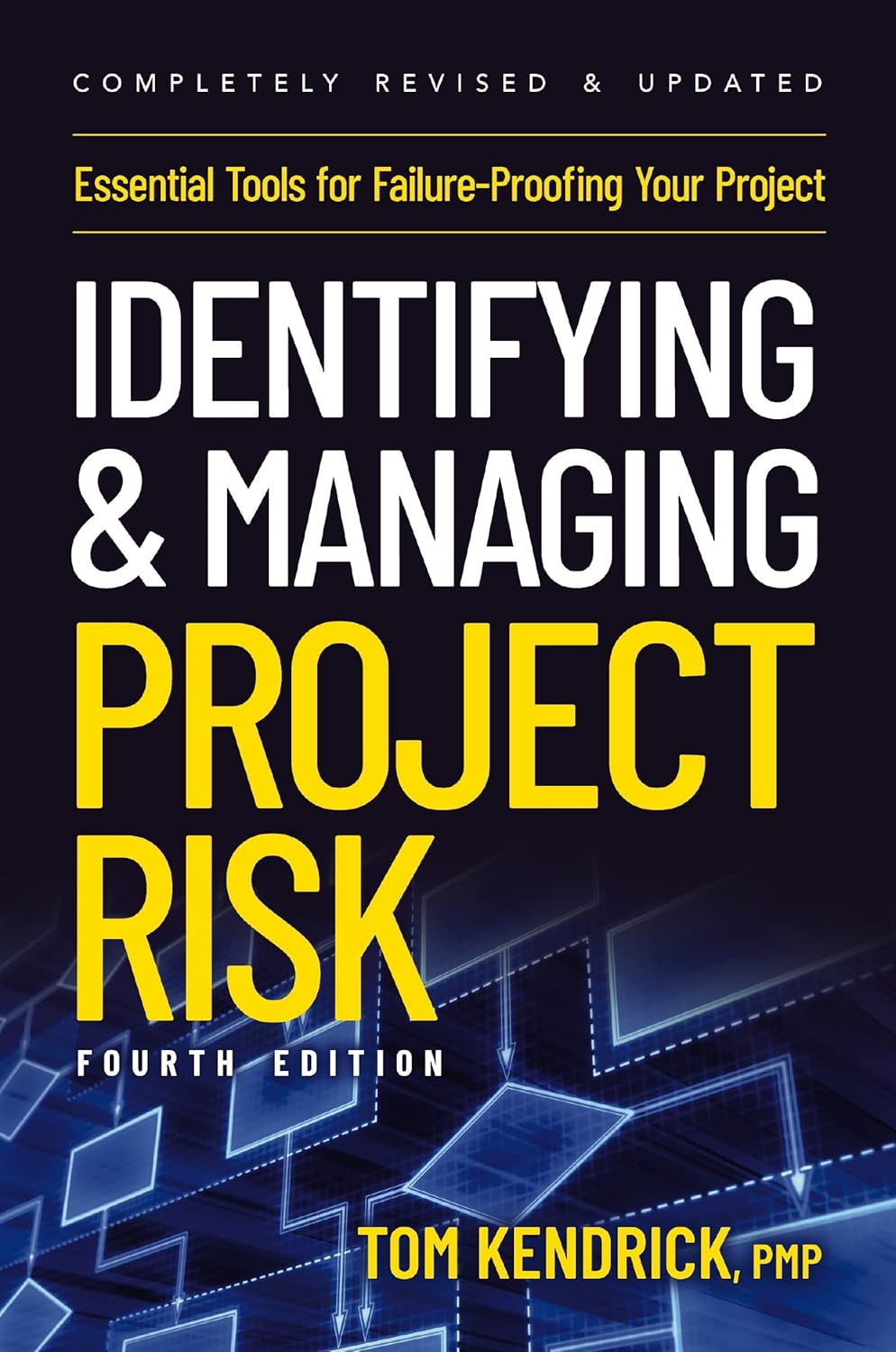
Contingency
What is Contingency?
Contingency in project management refers to a reserve of time, money, or resources set aside to address potential risks or unforeseen issues that may arise during a project. It acts as a buffer, helping project teams respond effectively to uncertainties without derailing the project timeline or budget. Contingency planning involves identifying possible events that could impact a project and preparing strategies to manage them. This approach supports project stability and increases the likelihood of achieving successful outcomes, even in the face of unexpected challenges.
Key Points
- Project teams use it to manage known risks and uncertainties they identify during the planning phase.
- Project managers can apply it to costs, schedules, resources, or technical challenges.
- Risk assessments and historical project data typically determine the size of a contingency reserve.
- It differs from management reserves, which project managers use for unknown or unforeseen risks.
- It should be clearly documented and justified within the project plan.
- It must be monitored and adjusted throughout the project lifecycle in response to changing conditions.
- Using it helps maintain stakeholder confidence by showing preparedness for risk.
- Its effective use supports better decision-making and project resilience.
Related Terms
- A risk register lists all identified project risks, which helps in determining the appropriate contingency measures.
- A project schedule may include buffer times as part of a contingency strategy to handle potential delays.
- A cost baseline includes contingency reserves to cover expected but uncertain expenses.
- A risk management plan outlines the approach to identifying, assessing, and managing project risks, including contingency use.
- Change management processes often rely on contingency to absorb the impact of scope or requirement changes.
Contingency: Example
A construction project manager sets aside a 10% budget reserve to cover potential delays due to weather or supply chain disruptions. When a shipment of critical materials arrives late, the manager uses the reserve to extend equipment rental and pay for expedited delivery. This use of contingency ensures the project stays close to its original schedule and budget.
Contingency: Best Practices
- Conduct detailed risk assessments to identify areas that may require backup strategies.
- Set realistic reserve amounts based on data from similar past projects.
- Set aside separate reserves from the main budget to track usage.
- Regularly review and adjust contingency plans as risks evolve.
- Communicate contingency strategies to stakeholders to ensure alignment of expectations.
Additional Resources
Preparing for a PMI certification?
- Exam Prep Courses: PMP®, CAPM®, and PMI-ACP®
- Exam Simulators: PMP®, CAPM®, PMI-ACP®, PMI-PBA®, PMI-RMP®, PMI-SP®, PgMP®, and PfMP®
- Professional Development Units (PDUs): 15, 30, and 60 PDU Bundles




